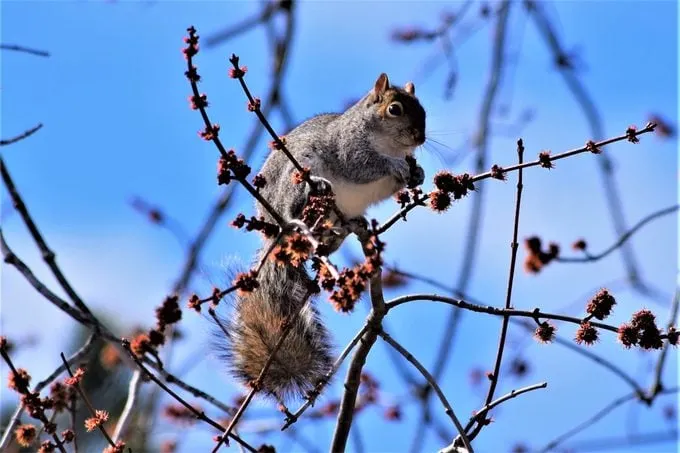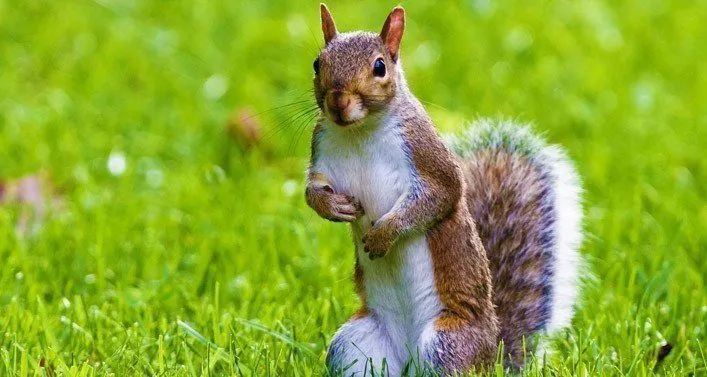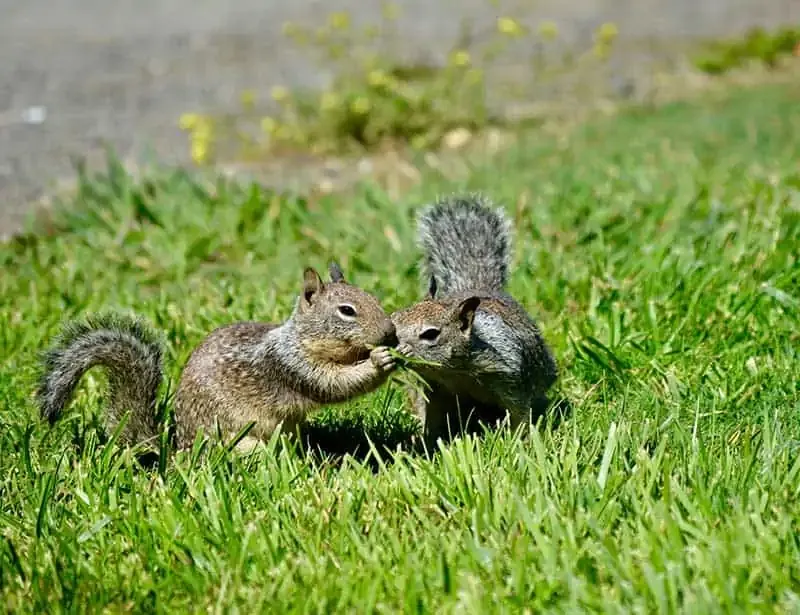“7 Amazing Facts About Squirrels: Nature’s Clever Acrobats”

Squirrels are found on nearly every continent, and while they often go unnoticed beyond parks or backyards, these nimble rodents are full of surprises. From their incredible memory to their acrobatic skills and even their contribution to forests, squirrels are some of the most adaptable and intelligent mammals in the animal kingdom.
Let’s dive into 7 fascinating facts that showcase how squirrels are much more than nut hoarders.
1. There Are Over 200 Species of Squirrels
Squirrels belong to the Sciuridae family, which includes more than 200 different species grouped into three main types:
- Tree squirrels (like the Eastern gray squirrel)
- Ground squirrels (such as prairie dogs and chipmunks)
- Flying squirrels, which glide between trees using skin flaps.
Each type has evolved to thrive in various habitats, from dense forests to urban parks and even deserts.
2. Squirrels Have Incredible Memory
One of the most well-known squirrel behaviors is caching—storing food like nuts and seeds to retrieve later. Studies show that squirrels use spatial memory to recall the locations of hundreds of buried food stashes. They often use landmarks such as rocks, trees, or man-made objects to help them locate their hidden treasures.
3. They Help Forests Grow
Squirrels don’t always retrieve every nut they bury. The ones they forget often germinate into new trees, playing a critical role in forest regeneration. In this way, squirrels act as accidental gardeners, helping to plant and maintain tree populations across woodlands.

4. Flying Squirrels Don’t Actually Fly
Despite their name, flying squirrels don’t fly—they glide. Special flaps of skin called patagia stretch from their wrists to their ankles, allowing them to glide up to 150 feet (45 meters) from tree to tree. Their fluffy tails help steer and stabilize them midair.
5. Squirrels Are Highly Adaptable and Urban-Savvy
Squirrels are remarkably adaptable and can thrive in both wild forests and busy cityscapes. In urban areas, they’ve learned to:
- Cross streets using overhead wires
- Navigate trash bins and feeders
- Open containers or solve puzzles to get food
Their intelligence and problem-solving abilities have amazed researchers and casual observers alike.
6. Squirrels Communicate with Tail Flicks and Sounds
Squirrels use a variety of vocalizations (chirps, squeaks, barks) and body language (especially tail flicks) to communicate. These signals can warn of danger, express aggression, or even establish territory. The tail also functions as a balancing tool, umbrella, and blanket depending on the situation.
7. Baby Squirrels Are Born Blind and Hairless
Squirrels generally give birth to litters of 2–4 babies, called kits or pups, in nests made of leaves and twigs (called dreys). At birth, kits are completely blind, deaf, and hairless, relying solely on their mothers for warmth and food. They usually leave the nest around 10–12 weeks old.

Conclusion: Small Creatures, Big Impact
Squirrels may seem like everyday animals, but their behavior, adaptability, and contributions to the environment make them fascinating and important members of many ecosystems. Whether you spot one racing along a branch or burying an acorn in your garden, take a moment to appreciate the remarkable little acrobat that is the squirrel.



